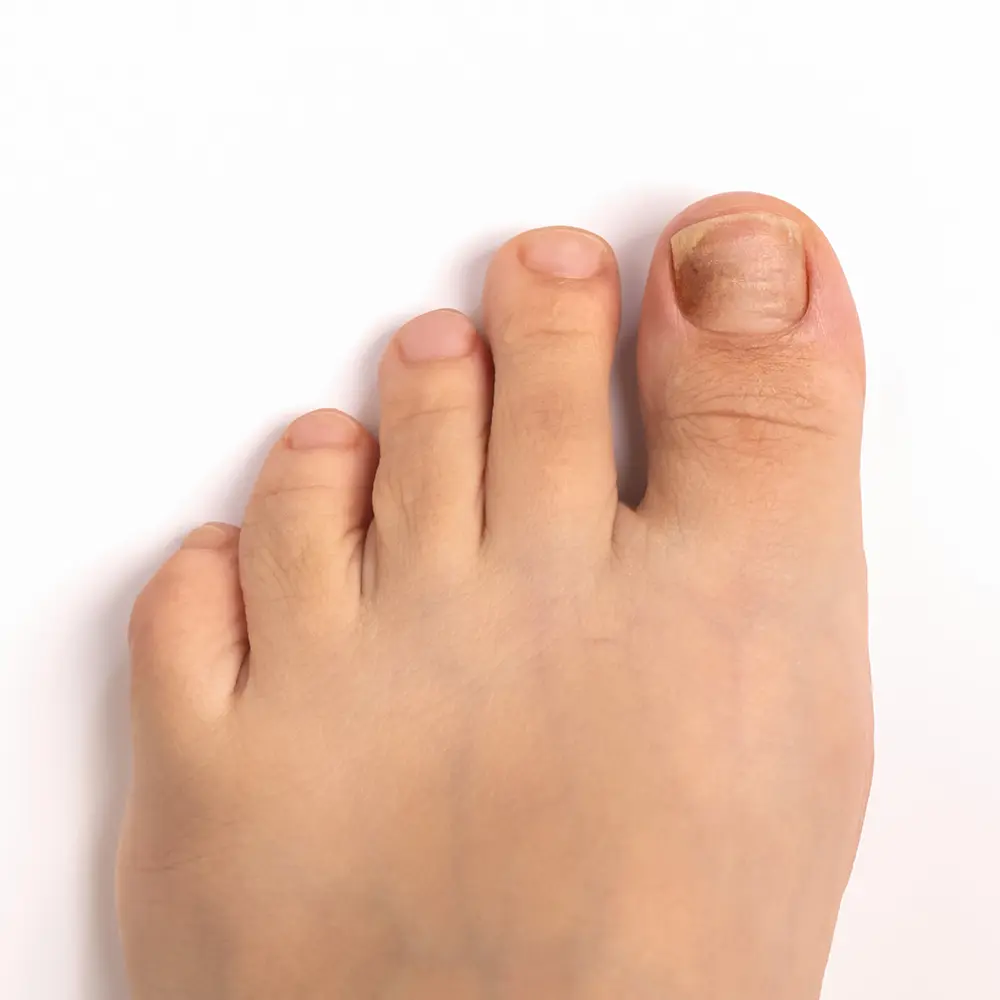Contact Us
Great things in business are never done one. They're done by a team of people.
Great things in business are never done one. They're done by a team of people.
We’re here to answer any question you may have.
Fungal nail infections, often characterized by thick, yellow, or discolored nails, can be stubborn and resistant to traditional treatments. Laser therapy has emerged as a promising alternative, offering a non-invasive and effective approach to combatting this condition.

Fungal nail infections, medically termed onychomycosis, occur when fungi invade the nail bed. This invasion leads to a variety of symptoms, including:

Several factors can increase the risk of developing fungal nail infections, including:

Laser therapy for fungal nails involves directing a concentrated beam of light onto the infected nail. This light energy penetrates the nail and targets the fungus, effectively destroying it. Different types of lasers can be used, including:
Cold laser therapy: A non-invasive treatment that uses low-intensity light to stimulate healing and reduce inflammation. It is a popular choice for treating a variety of conditions, including muscle and joint pain, wound healing, and skin conditions. Cold laser therapy works by promoting blood flow to the affected area, which can help to reduce inflammation, pain, and swelling. Additionally, it can stimulate the production of collagen, a protein that is essential for tissue repair. Cold laser therapy is generally considered safe and effective, with minimal side effects and a low risk of complications.
Nd:YAG laser: Delivers high-energy pulses to destroy the fungus. This type of laser is more powerful than cold laser therapy and can penetrate deeper into the nail tissue. However, it is also associated with a higher risk of side effects, such as pain, swelling, and blistering. Nd:YAG laser therapy is typically reserved for severe cases of fungal nail infections that have not responded to other treatments.

Laser therapy offers several advantages in the treatment of fungal nail infections:
Adding {{itemName}} to cart
Added {{itemName}} to cart